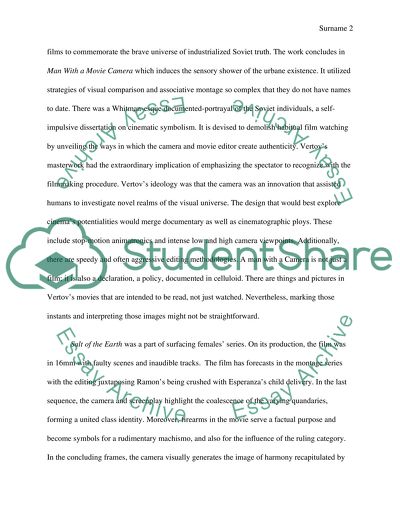Cite this document
(“Soviet Avant-Garde and Socialist Realism Essay Example | Topics and Well Written Essays - 1000 words”, n.d.)
Retrieved from https://studentshare.org/visual-arts-film-studies/1451086-soviet-avant-garde-and-socialist-realism
Retrieved from https://studentshare.org/visual-arts-film-studies/1451086-soviet-avant-garde-and-socialist-realism
(Soviet Avant-Garde and Socialist Realism Essay Example | Topics and Well Written Essays - 1000 Words)
https://studentshare.org/visual-arts-film-studies/1451086-soviet-avant-garde-and-socialist-realism.
https://studentshare.org/visual-arts-film-studies/1451086-soviet-avant-garde-and-socialist-realism.
“Soviet Avant-Garde and Socialist Realism Essay Example | Topics and Well Written Essays - 1000 Words”, n.d. https://studentshare.org/visual-arts-film-studies/1451086-soviet-avant-garde-and-socialist-realism.


